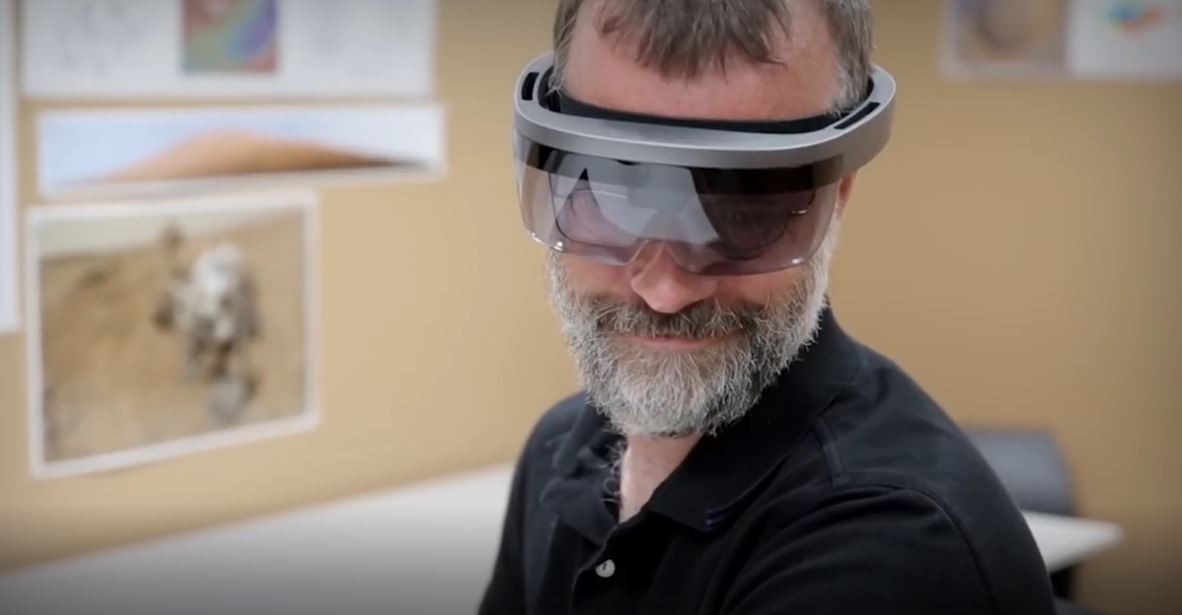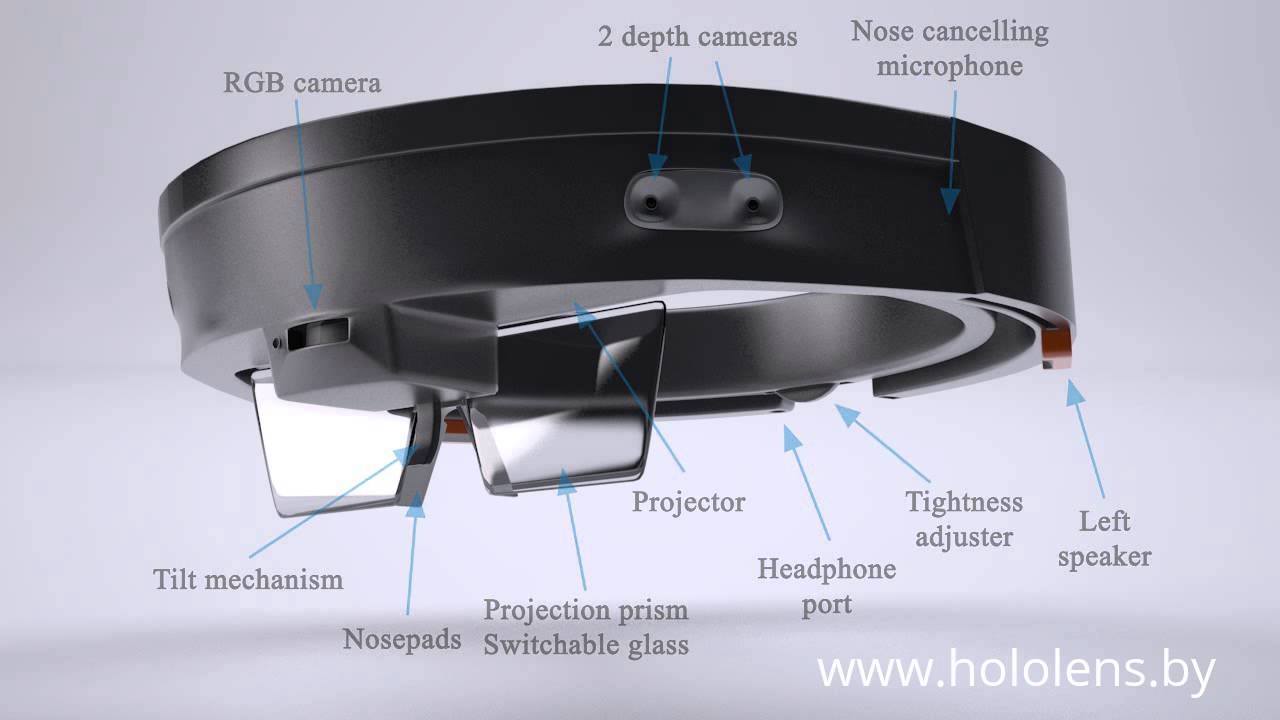Microsoft finds way to reduce HoloLens part count, cost
4 min. read
Updated on
Read our disclosure page to find out how can you help MSPoweruser sustain the editorial team Read more

One of the big challenges with the second generation Microsoft HoloLens, besides its field of view, is reducing the bulk and cost of the device.
A new patent by Microsoft would allow Microsoft to do both, by letting them use a single component for two purposes.
Titled “COMPACT OPTICAL SYSTEM WITH MEMS SCANNERS FOR IMAGE GENERATION AND OBJECT TRACKING“, the patent would allow Microsoft to allow one light generation system for both creating Holograms and also depth sensing and gesture recognition.
Microsoft writes:
Technologies described herein provide an optical system that deploys micro electro mechanical system (MEMS) scanner(s) for both generating CG images within a user’s perspective of a real-world environment and also for mapping a terrain of the real-world environment and/or tracking one or more objects within the real-world environment. In some configurations, an illumination engine emits electromagnetic (EM) radiation into an optical assembly, wherein the EM radiation includes both a first spectral bandwidth for generating CG images and a second spectral bandwidth for scanning a field of view utilizing a terrain-mapping protocol. The optical assembly may cause the first spectral bandwidth and the second spectral bandwidth to propagate along a common optical path and then separate the first spectral bandwidth from the second spectral bandwidth.
In particular, the optical assembly directs the first spectral bandwidth from the common optical path onto an image-generation optical path to generate CG images via a display while also directing the second spectral bandwidth from the common optical path onto a terrain-mapping optical path to scan a terrain of the real-world environment, thereby irradiating one or more objects within the real-world environment. As used herein, the term terrain-mapping refers generally to the process of scanning light over a field of view and by receiving light reflected from features of a terrain, determining terrain features of a real-world environment around the optical system. Features, characteristics and/or spatial distributions of surfaces of a terrain of a real-world environment can be scanned and data defining such features can be generated by the optical system. For example, a terrain-mapping protocol may be deployed to map features of surfaces within a room such as a piece of furniture, a table, or a couch, a structural feature of a building such as a wall or an edge of the wall, or even void spaces such as a hallway or an open doorway. In some implementations, terrain-mapping can include mapping features of a terrain within three dimensions, and generated data defining the features can be any suitable format, e.g., point-cloud data, or any other suitable 3-dimensional data representation of a real-world environment. In some implementations, terrain-mapping can include tracking one or more objects within the terrain, e.g., tracking a ball that travels across a terrain-mapping field-of-view, tracking hand gestures that can be interpreted as user commands, etc. The optical system may deploy the MEMS scanner(s) to generate CG images by directing the first spectral bandwidth within the image-generation optical path and also to irradiate the object by scanning the second spectral bandwidth within a field of view.
The disclosed optical system thus eliminates the need for both a dedicated image-generation optical system and a dedicated terrain-mapping optical system within a device that requires these dual functionalities such as, for example, an NED device. Accordingly, the disclosed optical system represents a substantial advance toward producing compact and lightweight NED devices.
We already know the next HoloLens will have an improved Holographic Processing Unit with more AI capabilities, an improved Kinect-like depth camera, and will either run on an Intel processor or possibly an ARM one, in line with recent developments. Microsoft’s main challenge with the new Hololens is to improve the field of view, which at 35 degrees has been described as looking at the world through a mail slot. Microsoft is reportedly bringing development of the lenses internally to achieve this at a reasonable cost.
Microsoft is expected to announce their successor to the HoloLens in this quarter but like all things Microsoft this may still slip a bit further up the year.










User forum
0 messages